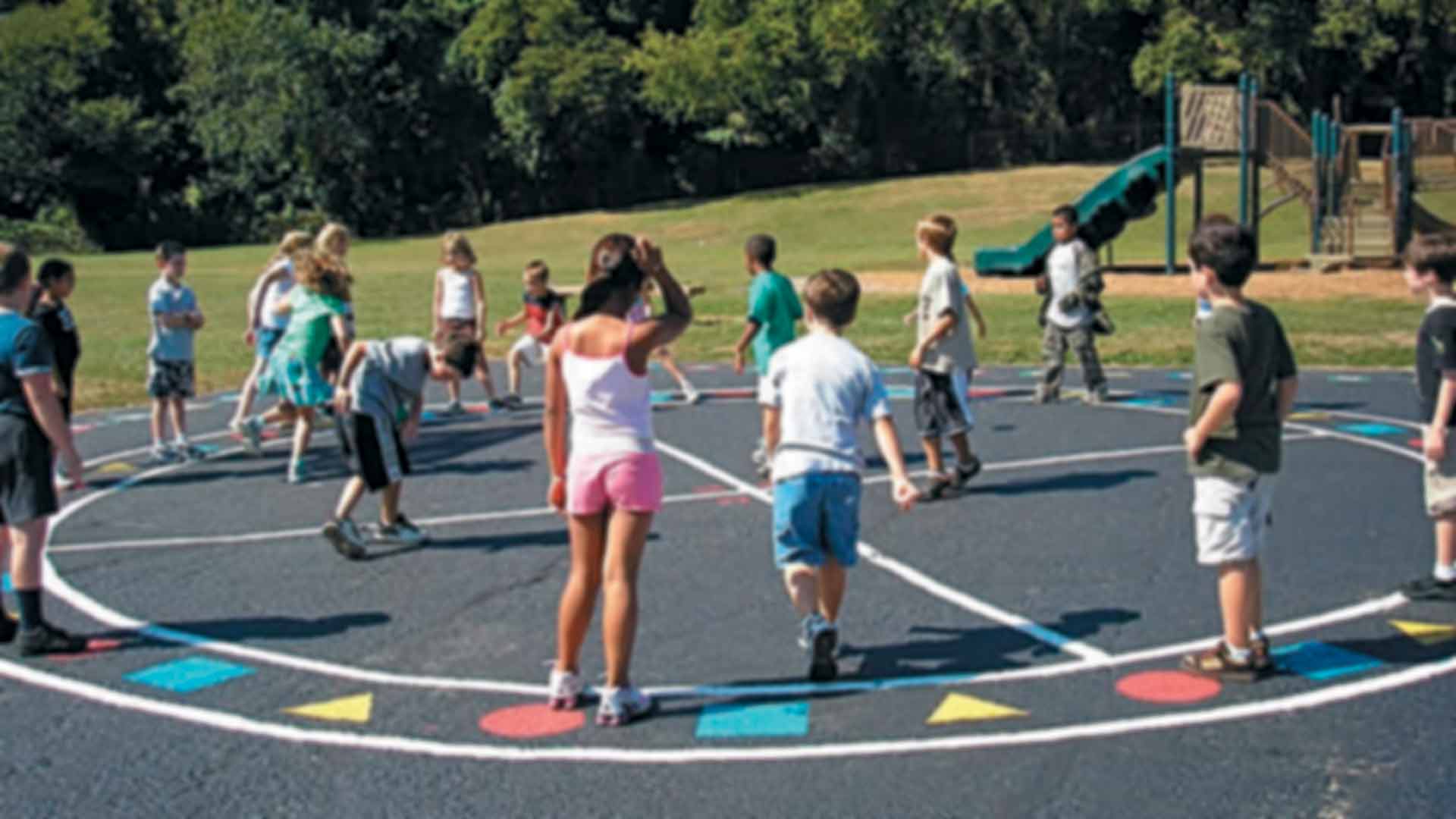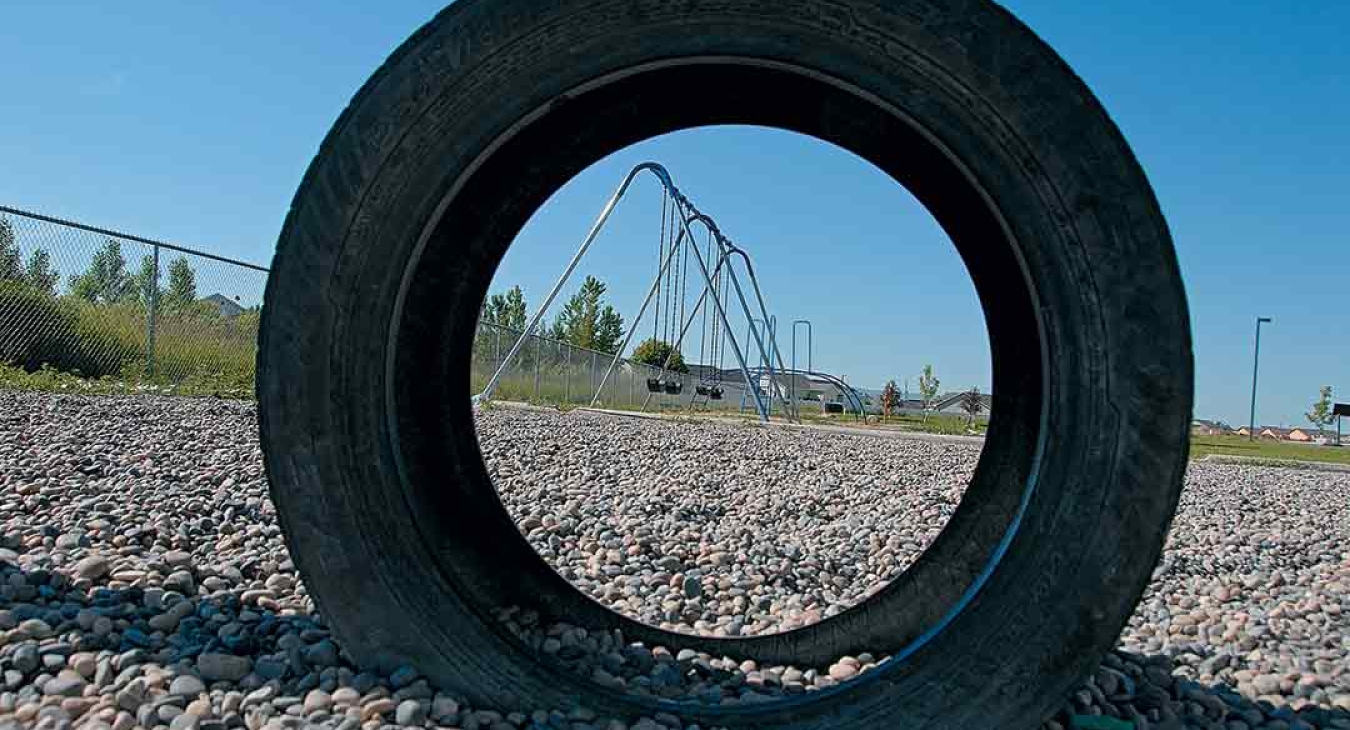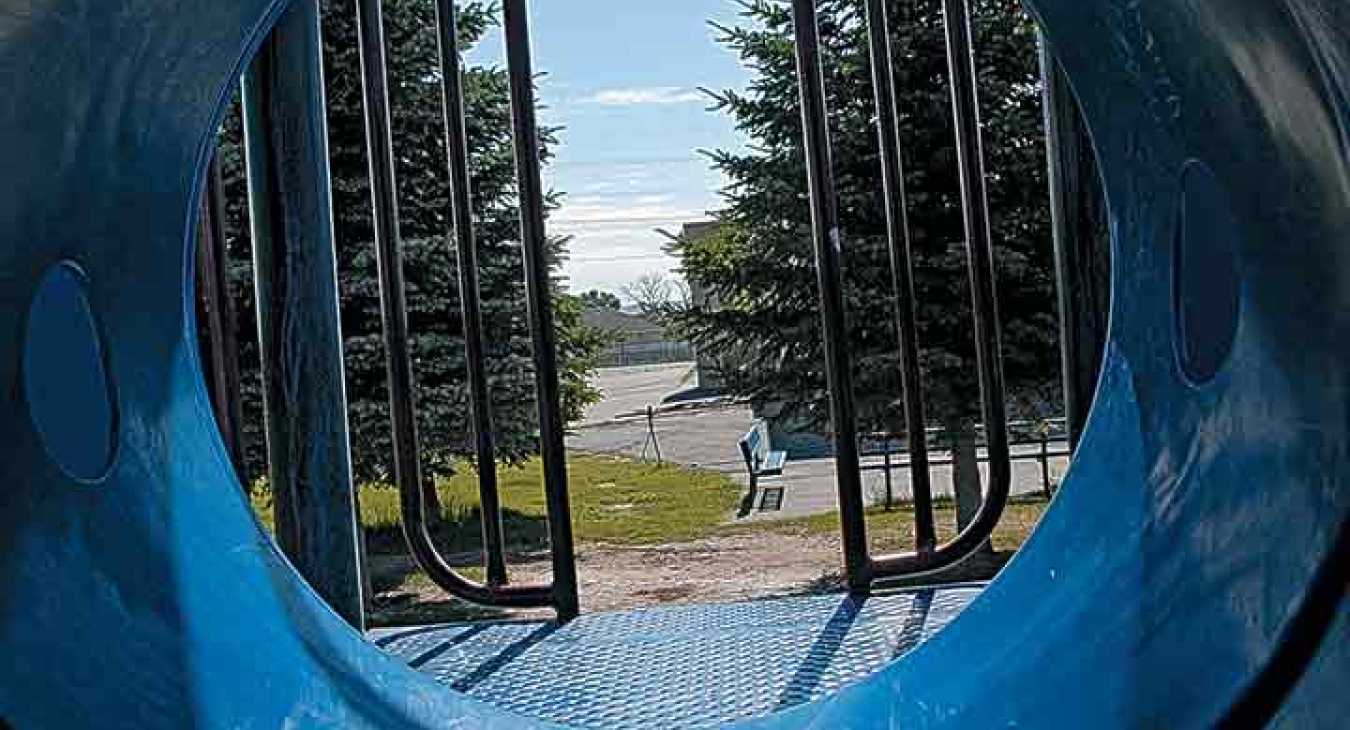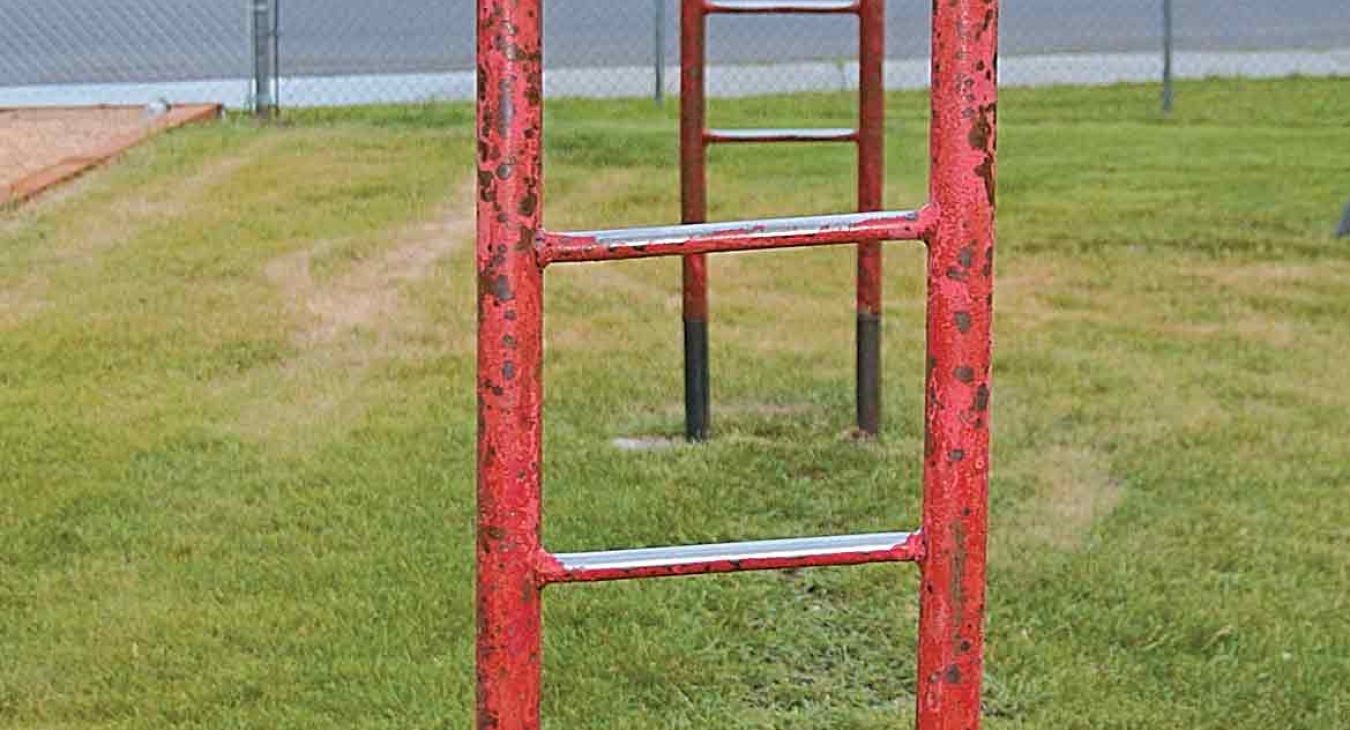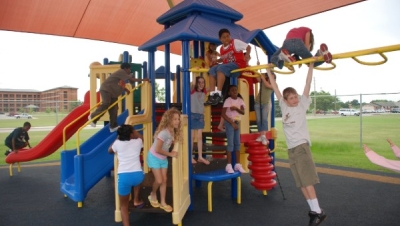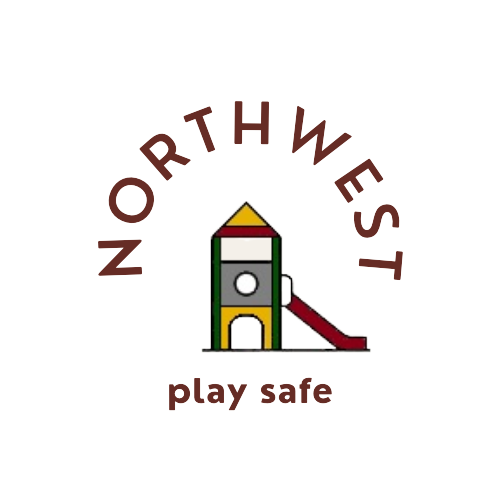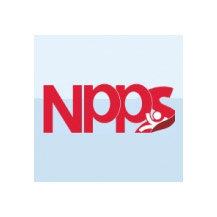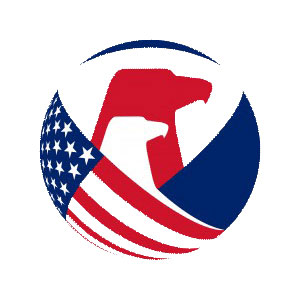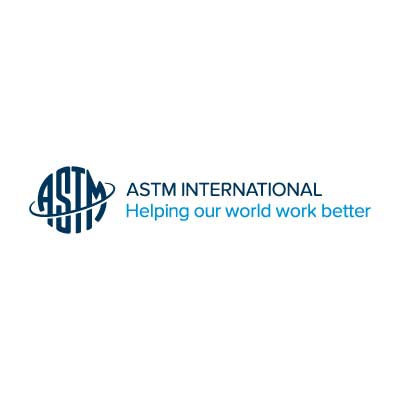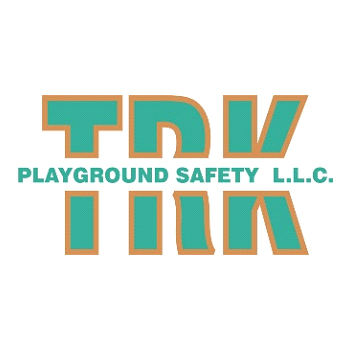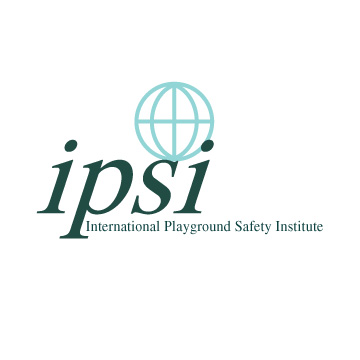Manufacturers tackle federal mandates, equipment guidelines
In 2008, the U.S. Consumer Product Safety Commission (CPSC) released its 2008 draft of the Handbook for Public Playground Safety.
If that wasn’t enough for the entire playground industry to come to grips with, then along came the Consumer Product Safety Improvement Act (CPSA), which was also released in 2008.
And between the two, life has become complicated for playground manufacturers, who must find a delicate balance between the safety of the equipment they design and build and staying in business under a cloud of onerous regulations.
The proposed and actual regulations are not only potentially expensive but also have stirred up a contentious atmosphere, to the extent that some in the playground community are reluctant to discuss either document.
Lloyd Reese, past president of the International Playground Equipment Manufacturers Association (IPEMA), certainly has the issue pegged as he discussed the topic in the 2010 IPEMA winter newsletter. He said, “Besides the negative economic times, other less-than-exciting events that have influenced the last decade are things like the Consumer Product Safety Improvement Act. The financial impact that this act has placed on our member companies is immense. I am not about to debate that our children’s health and safety should not be forefront in the way we conduct our businesses, but I will say that a more rational approach to address the issues behind the Act could have been formulated. The release of the Draft guidelines in 2008 with several never-before-seen requirements has also been a distraction. IPEMA and its certification committees, along with ASTM, have continued to work to resolve and reconcile these issues with the prior to the draft’s final approval.”
The two intertwining issues of the CPSC Handbook and the passage of the CPSA have increased costs for manufacturers at a time when companies can ill afford to take on additional expenses.
In terms of the Handbook, there were several notable departures from technical standards where CPSC had previously been aligned with ASTM’s voluntary standards for playground equipment. At the time, then IPEMA president Hugh McLaurin wrote to CPSC expressing his concerns on the various differences between the two sets of playground guidelines. In his letter to the CPSC, he was joined by several colleagues who signed the letter as well, including Donna Thompson, executive director of the National Program for Playground Safety.
Years passed, and the 2008 Handbook remained in draft format while CPSC and members of the playground industry continued to offer points and counterpoints to the content of the text. The resulting back and forth between the two bodies has troubled many people within the playground manufacturing and safety communities.
Reese deferred to former IPEMA president, secretary, and past chair of IPEMA’s PR and Marketing Committee, Tom Norquist, when asked for comments on the topic at hand.
“We work within an environment where the CPSC has issued guidelines for safer play environments,” Norquist said. “The first time we had anything on a national scale was in the early 1990s, so you’ve got to give a lot of credit to the CPSC for the work they have done over the years to help reduce injuries. But anytime you have two different bodies writing about the same issues, you’re going to have some differences. In the latest draft, there is a tremendous amount of harmonization to the ASTM standard, but no, it’s not completely harmonized.”
Clearly, some differences in standards are to be expected, particularly when the audience for ASTM guidelines tends to be equipment manufacturers, designers, and playground safety inspectors, whereas the CPSC Handbook is addressed more to the general public, park managers, daycare operators, school administrators, and parents. That alone would account for a number of differences in content, style of language, and technicalities.
Indeed, Norquist also said he felt there would “always be potential for differences since the CPSC has a much broader scope that may not be equipment-related and it addresses other concerns that are not specific to equipment.”
But that’s not to say that having a more harmonized approach to the standards between the two bodies isn’t desired.
“At our most recent ASTM/IPEMA meetings in May, we were again able to discuss these issues with the CPSC representative in attendance,” Scott Liebelt, chair of the IPEMA Equipment Certification Committee, said. “We were encouraged that the CPSC appears to be willing to resolve many of the issues and make changes before the draft’s final approval. However, there will still be some areas where the CPSC handbook is not harmonized with the ASTM standard. We were told that there would be a formal response to our December 2008 letter forthcoming, but it is not clear when that response would come. It is also still not clear when the draft of the handbook will be updated and approved.”
There has been a great deal of effort on the part of a number of individuals to address the points of contention, and many organizations have worked hard to try to synchronize the standards as much as possible.
In 2009, Ken Kutska, former executive director of the National Program for Safety Inspection (NPSI), ASTM F15.29 subcommittee chair, and author of the invaluable resource book, Playground Safety is No Accident, brought up a number of points on the issue in the May/June 2009 Playground Magazine. Kutska’s article, “NRPA, NPSI Promote Current Body of Knowledge, Best Practices for Public Playgrounds,” was written prior to the May meetings, but was a shrewd overview of the situation. Here are highlights from that article.
… Neither the CPSC federal recommendations nor the ASTM voluntary industry standards are 100 percent definable nor were they intended for mandatory compliance and enforcement. There are intentional gray areas where professional judgment comes into play …
… People who are writing this legislation are well-intended but not well informed of the many pitfalls they have created for their constituents ….
… ASTM has to be careful how it gets involved in issues related to its standards being cited in compliance legislation. ASTM standards are minimum industry recommendations based on a consensus decision-making process. These standards represent the floor or lowest common denominator. Recommending the lowest common denominator for establishment of a legislative regulation can and often results in someone else always trying to raise the bar of what is considered safe or safer.
We recently further discussed the situation with Kutska, and he would be the first to point out that he is able to speak more openly on the subject since he is not culpable, as manufacturers are in terms of liability.
In May at a regularly scheduled ASTM meeting in St. Louis, Hope E. J. Nesteruk, the engineering psychologist in the Office of Human Factors for the Division of Hazard Identification and Reduction, attended on behalf of the CPSC and met with members of the playground industry, including then-president of IPEMA Tim Ahern.
The group was able to discuss the challenges presented by two sets of guidelines. As a result of that meeting, CPSC issued several revisions to the 2008 draft. In a letter from Nesteruk addressed to Kutska that Playground Magazine obtained from CPSC by using a Freedom of Information Act request, CPSC said, “The pages that follow present the response to the points outlined in the Oct. 3, 2008, letter from the International Playground Equipment Manufacturers Association (IPEMA) to Hugh McLaurin … we have included a list of other modifications we are making to the May 2008 draft of publication # 325, Handbook for Public Playground Safety. This response includes revisions made as a result of the meeting in St. Louis, May 18, 2010.”
The letter went on to give a 34-page “point by point response” to each CPSC guideline, its concurrent ASTM specification, and IPEMA suggestion, and the formal CPSC response to each.
Admittedly, there were major areas of concern that have been addressed successfully, and many of the parties involved were pleased with the outcome. That said, some points remain that not everyone agrees on, and many that will remain areas of concern. What manufacturers are particularly reluctant to discuss is the fiscal impact the CPSA has had, and at the very least, Norquist said the standards represent some challenges for the industry.
“Consumer confusion can lead to monies not being focused on play,” Norquist said. “In the design process, if we know what monies we are working with, then generally it’s not an issue, if you know up front what the project is. Most IPEMA members will design to that. If we can plan for that, we can design around it. The IPEMA certification is geared around the ASTM standard. For manufacturers who weren’t aware of the standards and complete a project, then to have to go back in and retrofit it to meet standards and guidelines after the fact, yes, it is very expensive. Then it needs to meet the CPSC guidelines as well. There were a lot of standards that were developed to eliminate issues for equipment in the 60s and 70s. Today, a lot of those issues are new designs and materials, and some of those guidelines may not be applicable, but we still have to design around that.”
Manufacturers that complied with available safety data from the very beginning in terms of design and went out of their way to meet every safety requirement they were aware of would probably see the 2008 federal regulations as unfair and as a monetary penalty, even though they were playing by the rules or at least thought they were.
“As for the financial impact of the Consumer Product Safety Improvement Act, I don’t think I can state it any better than Lloyd [Reese] already did,” Liebelt said. “The financial impact that this act has placed on our member companies is immense and will continue to be immense with ongoing testing and tracking requirements.”
In that regard, the CPSA has been a game changer. Norquist was quick to point out that IPEMA really prides itself on running a third-party certification program on its equipment, and IPEMA tests its product lines to the ASTM standard. He also points out that those ongoing testing requirements from section 108 of the Act aren’t free.
“Every five years, a manufacturer’s product line is tested completely, and that’s a really awesome level of responsibility that IPEMA members participate in during the certification process,” Norquist said. “It’s a high standard. If I’m a consumer, I want to make sure I’m buying equipment that meets ASTM standards. At the same time, I want to make sure I am using the CPSC requirement for my play environment.”
For his part, Kutska believes that a rational, fair approach is the best bet for everyone involved. “In some ways, using a democratic system isn’t necessarily the best practice,” Kutska said. “ASTM [guidelines were] approved through a consensus ballot process. When you shoot for that, that’s great, but there are people who want to go beyond that and require more from manufacturers. But it isn’t fair to them to issue guidelines that start problems after it has been purchased and installed. Inspectors and/or staff people go out and manage, operate, and inspect, but by then it’s too late. Even if the equipment meets the standards or guidelines, it doesn’t mean that park operators will agree, and so you need to change it before that. We are giving you what we think sounds reasonable.”
It goes without saying that children’s safety is paramount in the minds of CPSC, IPEMA members, NPSI, ASTM, and other members of the playground community. At every level, a conscientious effort is made to ensure the safety of the equipment for the children who get to learn and thrive in those crucial play environments.
However, Kutska explained that a lack of definitive standards has created an environment that has allowed lawsuits, including the frivolous kind, to occur. In some instances, manufacturers have been sued as a result of an injury that happened on a piece of equipment that was compliant with every ASTM standard and CPSC guideline. But attorneys are using unrelated things to show negligence on the part of the manufacturer, and the vast majority of these lawsuits are settled out of court.
“As long as you are trying to do your due diligence and make every concerted effort to maintain and attend to the playground, then that is the best way to deal with this kind of litigation,” Kutska said. “Someone can always be hurt, and injuries are part of children’s normal development. But the non-compliance issues—CPSC calls them hazards—could create a problem. Even on the most compliant playground, someone can still be injured, even if it is maintained to the level of when it was first installed.”
Kutska teaches playground inspectors to follow the best practices for ASTM and CPSC recommendations and to defer to the laws set in the region where the equipment is inspected. He encourages everyone to be informed and understand that these are minimum requirements, and there are always opportunities to upgrade and get more. He said, “Yes, playgrounds have to comply with the guidelines, but if an inspector says you can do more … you can. But don’t pick on the manufacturers and ASTM. CPSC takes public comment, and we have fought over this for years. Those who have done nothing but complain after the fact should get off their duff and get involved. Give good concrete evidence, and maybe you will be persuasive and get in the game. As time goes on, there aren’t a lot of people who have that expertise to persuade/dissuade me from my beliefs and analysis. Pediatricians, play leaders, teachers, park leaders, maintenance people, sales people, lawyers, and moms and dads—ASTM is open to all those diverse people. The consumer and people with a general interest have a pretty good say here. But these are continuous challenges that everybody has to face. The temptation is to cave in to frivolous lawsuits, even at a perfectly fine site. But I think sometimes you have to hold your ground and say no, especially if you’ve maintained the equipment.”
For its part, CPSC still hasn’t made the 2008 Handbook an official federally mandated set of standards, yet.
“The CPSC staff is in the process of updating the Handbook,” said Patty Davis, with CPSC. “The Handbook seeks to find the right balance in order to accommodate a child’s playground experience and keep him/her as safe as possible. Many of CPSC’s playground safety guidelines have been in place for years and are part of local building codes across the country. CPSC’s goal is to protect children by preventing injuries and deaths on the playground.”
No one, at least in the playground industry, will argue that the expense of CPSA and the revisions to the CPSC Handbook have been additional hurdles for the industry to work through. What becomes most apparent in sifting regulations for safety and requirements for testing is that there is a dedicated group of professionals working together to ensure that children continue to have the safest places to play, no matter what the costs.
The debates may get heated, the stress and financing may be intense, but at the end of the day, it should be reassuring that there are so many people striving to give children the very thing they need the most, in the safest possible way.

